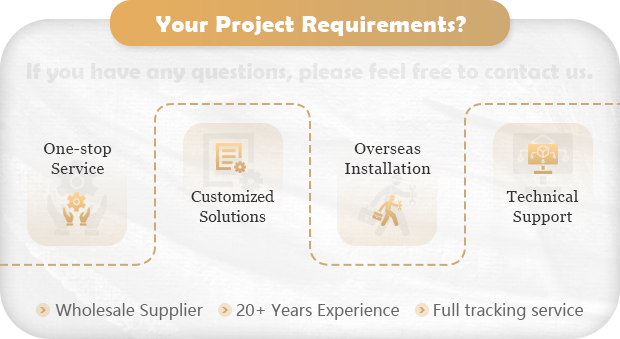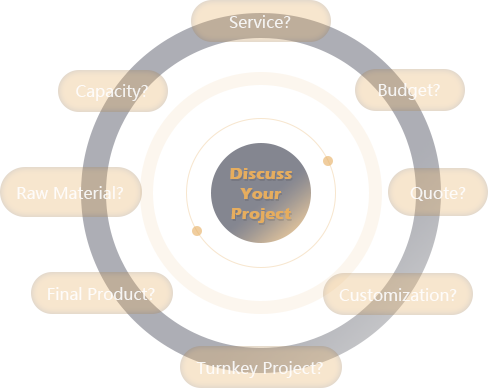Activated carbon rotary kiln is one of the pieces of equipment with a high utilization rate for processing activated carbon. activated carbon rotary kiln suitable for the activation of wood, sawdust, coal, walnut shell, apricot shells, fruit stone, coconut shells, oil palms, bamboo, palm kernel, petroleum coke, and so on. Coconut and walnut shells are generally considered the best materials. Activated carbons from them have high strength and very fine pores. Most of these raw materials are cheap and easy to obtain, coupled with a simple production process and a broad market. These carbonaceous materials are converted into activated carbon through pyrolysis under high temperatures and certain pressure, and raw materials with different carbon content require different production ratios. Among them, some shell raw materials require de-ash pretreatment. An activated carbon rotary kiln has so many advantages such as advanced technology, simple operation, low carbon discharge, large production capacity, and high work efficiency.


The principle of carbon activation is to use water vapor, flue gas, and other oxygen-containing gases as activators to contact with carbon at high temperature to generate carbon monoxide, carbon dioxide, hydrogen, and other hydrocarbon gases. Through the gasification reaction of carbon, many pores are formed in carbon particles. The activation reaction belongs to the multiphase reaction of the gas-solid system. The activation process includes physical and chemical processes. The whole process includes the diffusion of the activator in the gas phase to the outer surface of the carbonized material, the diffusion of the activator to the inner surface of the carbonized material, the gasification reaction on the surface of the carbonized material to produce intermediate products, the decomposition of the intermediate products into reaction products, the desorption of the reaction products, and the diffusion from the inner surface of the carbonized material to the outer surface.
The activated carbon rotary kiln is mainly used for calcining and producing non-metallic minerals with high carbon content, decomposing the raw materials containing carbon, and obtaining high purity activated carbon through a redox reaction. The qualified activated carbon material is stored in the silo, lifted by the hoist, and transported to the top of the preheater. The top of the preheater is controlled by gauges, and then the material is evenly distributed through the discharge pipe to each chamber of the preheater. The material is heated in the preheater by the kiln flue gas at 1150 °C to about 900 °C, with about 30% decomposition, then pushed into the activated carbon rotary kiln by the hydraulic push rod. The material is decomposed into CaO and CO2 by sintering in the activated carbon rotary kiln. The limestone formed after decomposition enters the cooler, and the cold air that is blown in the cooler is cooled to 100 ° C to be discharged, and the hot air of 600 ° C is exchanged and burned into the kiln and the gas. The exhaust gas enters the bag filter through the induced draft fan, and then enters the chimney through the exhaust fan.




























